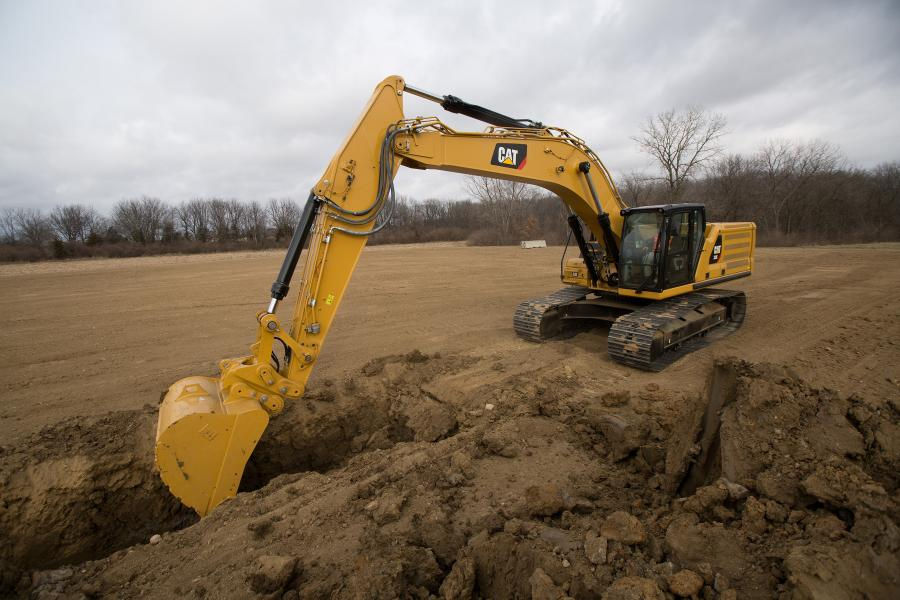The Environmental Benefits of Using Concrete
- Midtex Services
- Jan 15, 2024
- 2 min read
Updated: Jun 16, 2024

Concrete is one of the most widely used building materials globally, and its popularity is not without reason. Beyond its strength, versatility, and durability, concrete offers several environmental benefits that make it a sustainable choice for construction projects. Let's explore these environmental advantages in detail:
1. Longevity and Durability: Concrete structures have a long lifespan, lasting for decades or even centuries with proper maintenance. This longevity reduces the need for frequent replacement and minimizes the environmental impact associated with material extraction, manufacturing, and disposal.
2. Energy Efficiency: Concrete has excellent thermal mass properties, which contribute to energy efficiency in buildings. It helps regulate indoor temperatures by absorbing and releasing heat slowly, reducing the need for heating and cooling systems and lowering energy consumption.
3. Recyclability: Concrete is a highly recyclable material. Crushed concrete can be reused as aggregate for new concrete mixtures or as a base material for roads and construction projects. Recycling concrete reduces the demand for virgin materials and conserves natural resources.
4. Low Carbon Footprint: Compared to other building materials like steel or wood, concrete has a relatively low carbon footprint. The production process for concrete involves less energy and emits fewer greenhouse gases, making it a more environmentally friendly choice for construction.
5. Reflectivity: Concrete surfaces, especially light-colored ones, have high solar reflectivity or albedo. This means they reflect sunlight rather than absorbing it, reducing the urban heat island effect and helping to mitigate heat buildup in urban areas.
6. Fire Resistance: Concrete is inherently fire-resistant, providing a protective barrier against fire spread in buildings. This fire resistance reduces the risk of fire-related environmental damage and the need for additional fireproofing materials.
7. Water Management: Permeable concrete, such as pervious concrete or porous asphalt, allows water to infiltrate the ground, reducing stormwater runoff and preventing erosion. This helps replenish groundwater supplies and reduces the strain on drainage systems.
8. Sustainable Practices: The concrete industry has made significant strides in adopting sustainable practices, such as using alternative cementitious materials, reducing water usage in production, and implementing energy-efficient manufacturing processes. These initiatives contribute to a more sustainable concrete industry.
9. Versatility and Adaptability: Concrete's versatility allows it to be used in various applications, from buildings and infrastructure to roads and bridges. Its adaptability to different design requirements and construction needs makes it a versatile and sustainable building material.
10. LEED Certification: Concrete construction projects can earn Leadership in Energy and Environmental Design (LEED) certification by incorporating sustainable design practices, materials, and construction methods. LEED-certified buildings demonstrate a commitment to environmental responsibility and resource efficiency.
In conclusion, concrete offers numerous environmental benefits, including longevity, energy efficiency, recyclability, low carbon footprint, reflectivity, fire resistance, water management, sustainable practices, versatility, and LEED certification opportunities. By choosing concrete for construction projects, individuals and industries can contribute to a more sustainable built environment and reduce their environmental impact.
---





Comments